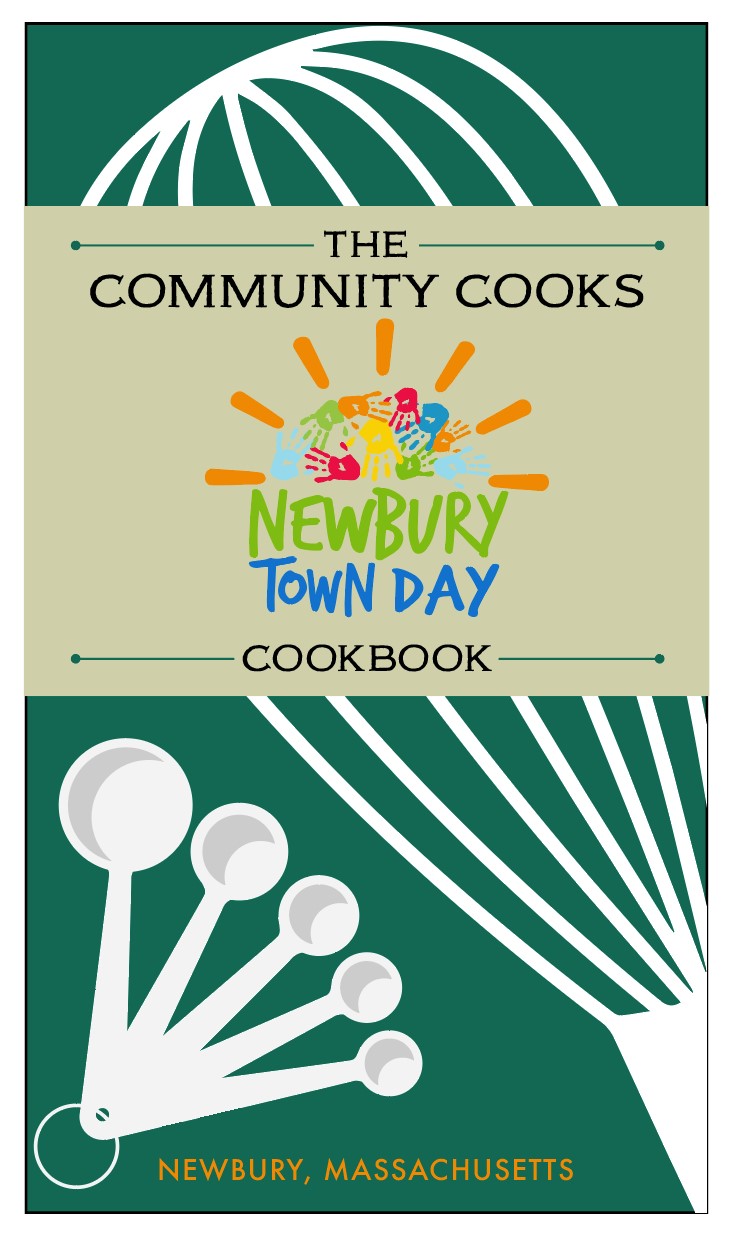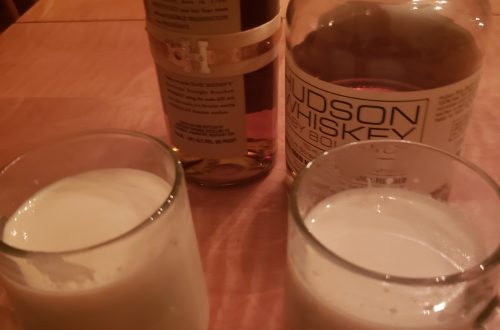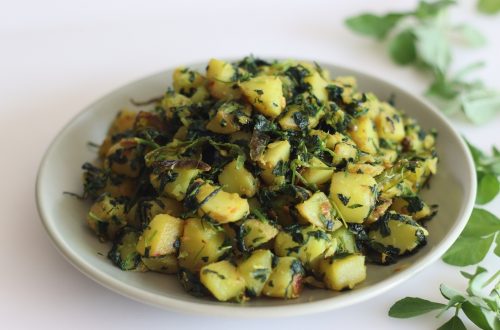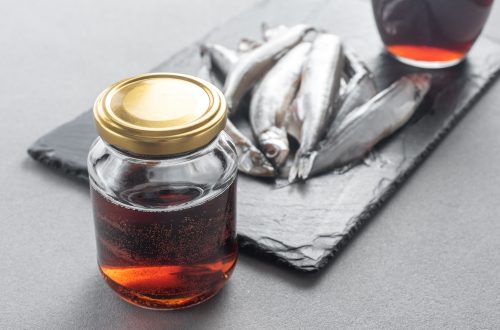
Creating a Community Cookbook
The New York Times declared in April that the community cookbook is experiencing a renaissance. I hope they’re right: Mrs. Farmboy and I are responsible for shepherding creation of our own local community cookbook: The Community Cooks, The Newbury Town Day Cookbook. Contributors have already submitted more than 100 of their treasures, and to meet the publisher’s guidelines, we need to solicit 90 more recipes by August 31 to have it in time for Christmas gift-giving. We were fortunate to find a publisher that enables contributors to enter their own recipes, which simplifies the project a great deal.
Local cookbooks are becoming popular because Covid-isolated family cooks want new or different recipes that are tasty, yet simple and uncomplicated, the Times says. What I like about a good community cookbook is that it typically captures a conversation with someone local – a relative, an ancestor, a good friend, or a neighbor. These cookbooks are a way of connecting across distance and time; a time capsule to view how we shared and nourished each other. I have a dozen of them, and the good ones are filled with recipes, often from previous generations, that are time-tested and reliable and typically use locally available ingredients. That’s important. Scientists tell us that socially spread behaviors allow creatures to adapt more readily to changing environments.
Early community cookbooks, the Times reported, raised money for injured Union soldiers during the Civil War, and later, suffragists produced cookbooks to spread their message. Calling All Cooks, first published in 1982 by the Alabama chapter of the Telephone Pioneers of America, was one of the most successful, selling more than 500,000 copies.
My most dog-eared cookbook comes from the farm town where I attended grade school. The local Methodist Church my grandmother attended published it, and its 117 pages include two recipes from my aunts and five from my grandmother Isabelle, as well as a recipe for “Isabelle’s bran muffins” from her neighbor Alice. I love that I can hear my grandmother speak through these recipes. Her scalloped chicken recipe, for example, doesn’t list ingredients as usual, but rather takes the cook through the process that begins, “Pour 1 cup chicken broth over 2 cups boiled rice (2/3 cup uncooked).”
Culinary conversations
I enjoy the informality of these cookbook conversations. In sharing their best crowd recipes, these discussions have their own community shorthand. In my favorite cookbook, a broccoli rice casserole suggests “Glob Cheese Whiz or Velveeta on top – mix into rest of ingredients…” before baking in the oven. Another broccoli casserole which we’re told is Serbian in origin notes: “You may cut recipe in half if you like, except for the broccoli. Still use the whole package.” And these Midwest cooks know their gravy. Several of the casserole recipes have recommendations on thickening the sauce, but one says that the sauce “should not be stiff.”
As for our own community cookbook, many of the recipes contributed so far reflect the character of our old New England town, which was settled as a plantation by English settlers in the early spring of 1635. That summer, they brought in a shipload of cattle, sheep, and horses to populate their farms. Before their settlement, the Agawam, a tribe of the Pennacook confederation, were a seasonal agricultural group who grew corn, beans, and squash that they supplemented with berries and seeds they gathered. For meat, they hunted deer and other animals as well as clams, eels, and other fish that were ample in the Merrimack and Parker Rivers.
Clams, cod, chowder, and casseroles
The settlers who forced them out were granted the land as a plantation where they not only began farming but were also lured there by the colonial government that advertised the ample fishing. Some 380 years later, farms still exist, and fresh fish and clams from the local flats continue to be available. So, our cookbook includes recipes for steamers, smoked flounder, baked fish, fish hash, fish stews, fritters, chowders, and casseroles. We even have a recipe for “How to Stew a Codfish” from the late 1700s. We still have hunters in our midst, too, and so we have recipes for bear medallions, rabbit soup, and Woodbridge Island Duck from the county sportsmen’s association game night. And because of our history, the Museum of Old Newbury’s archives provided recipes from our past: Captain J.J.’s recipe on how to pickle beef, a 1795 recipe for tomato ketchup, as well as chicken wiggle and Parson Holton’s Baked Beans.
A time capsule
But the best part of the book so far must be the family memories and histories across our town to be found in the recipes from church suppers and town events. We have the savory bean dip from the beloved fourth-grade teacher at the former “Yellow School” (now a private home), and rhubarb juice from Pinkney (the gardener) and Dick (the cook) who enjoyed entertaining at Christmas House on Main Street. There’s an omelet recipe originally from a Girl Scout camp sleepover and a maple nut cake from the woman who owned “The Old Curiosity Shop” on High Road during the 1950s and 60s. We have sweet and sour meatballs from a favorite meal at Link House (a residential program for treating addiction). And a neighbor contributed a contemporary recipe for Tavern Bread who imagines it was similar to a loaf offered by her 9-times great-grandfather who established the first ordinary (tavern) in Newbury back in 1635.
In short, we’re developing a culinary history of our community, represented by the meals that nurtured our meetings, get-togethers, and family events over the years. When it’s published in a few months, it will be a great addition to my collection. If you’d like to see the work in progress or even contribute a recipe, please send me an email at farmboy@farmboyinthekitchen.com for the login info.
How about you? Do you have a favorite community cookbook? And what favorite recipe does it contain?
To comment, please click on “Read in Browser” or on the headline to view the blog on the website. You can log in and comment at the end of the blog to share your thoughts and start a discussion.
If you’d like to share the blog, click on the Facebook icon or one of the others. Thanks!





2 Comments
Tracy May
Here’s one of my favorite summer recipes. Great use for local peaches and garden cukes or green tomatoes. We like to serve with couscous, brown rice or orzo on the side.
SEARED SHRIMP WITH PEACH CHUTNEY
Serves 4
3 Tbsp. extra virgin olive oil – divided
1 lb. fresh or frozen shrimp, thawed, peeled, and deveined
1/2 tsp. kosher salt – divided
1 tsp. mustard seeds
1/4 tsp. crushed red pepper
1 lg. cucumber peeled, seeded, chopped*
2 large peaches, chopped
1 tsp. ground cumin
1/3 cup chopped cilantro
1/4 cup crumbled feta cheese
1. Heat 1 Tbsp. oil in a large skillet over medium-high heat. Sprinkle shrimp with 1/4 tsp. kosher salt. Add to skillet. Cook 2 to 3 minutes or until opaque, turning once. Remove; cover to keep warm. In the same skillet combine remaining 2 Tbsp. oil, mustard seeds, and crushed red pepper. Heat over medium-high heat until mustard seeds begin to crackle.
2. Add cucumbers, peaches, cumin, and 1/4 tsp. kosher salt. Bring to boiling; reduce heat. Simmer, uncovered, 8 minutes or until cucumbers and peaches soften. Remove from heat; stir in shrimp and cilantro. Sprinkle with feta cheese, if desired.
*The original recipe published in BH&G magazine July 2014 called for 2 medium green tomatoes, chopped. Cucumber is just as delicious and more readily available.
kettleso
What a great recipe for The Community Cooks! Thank you!